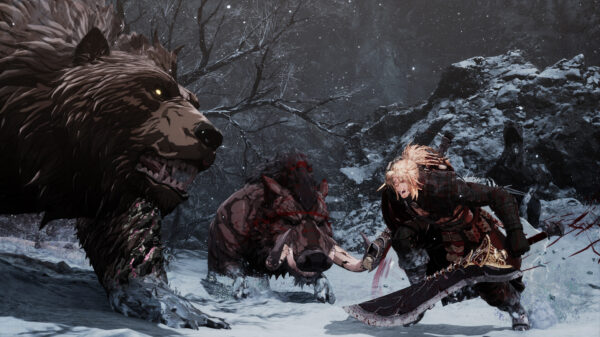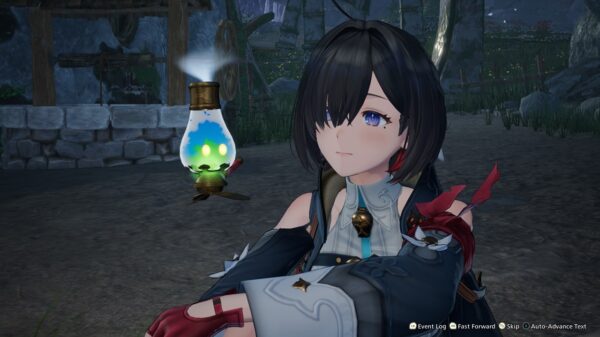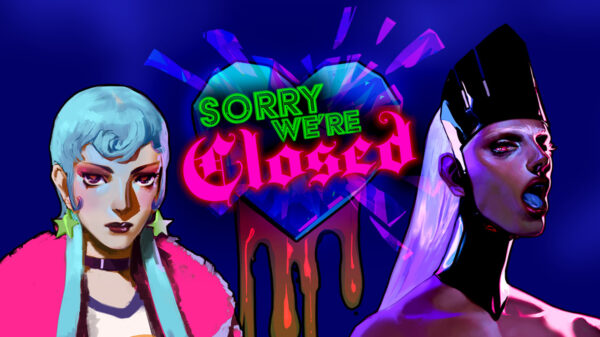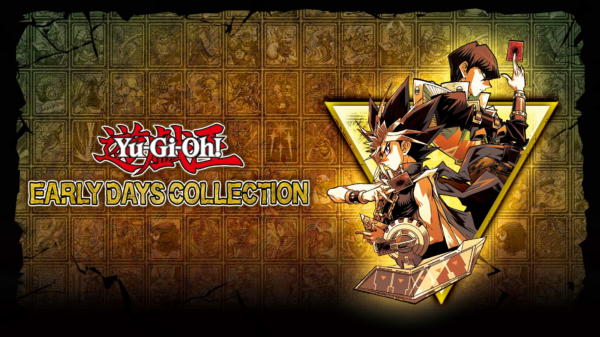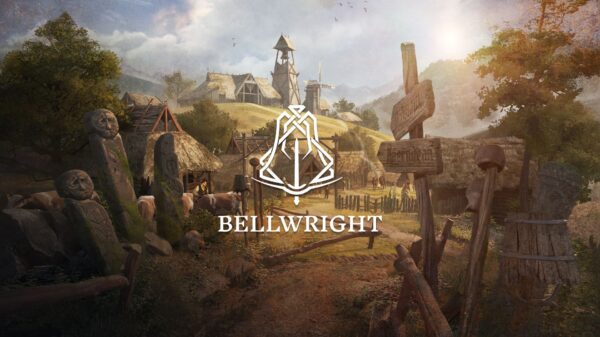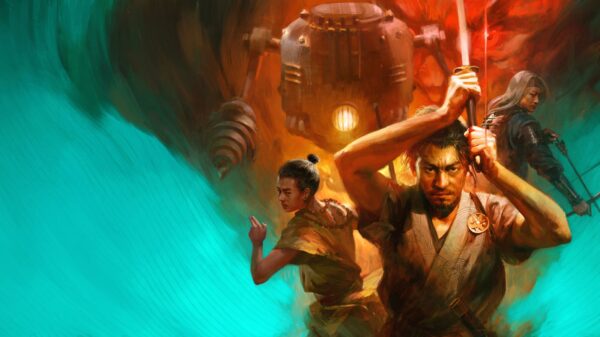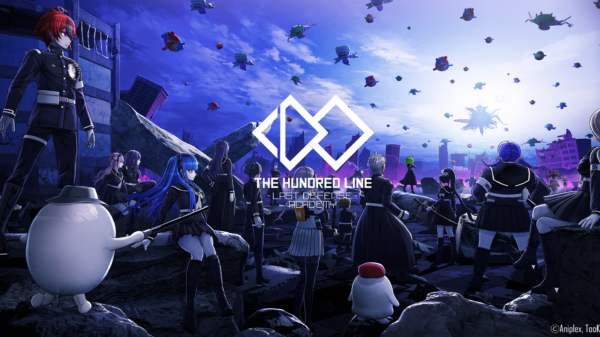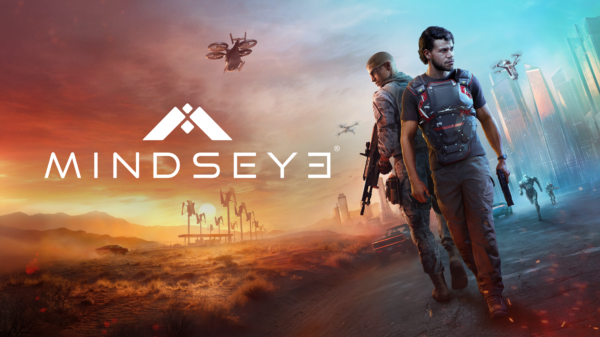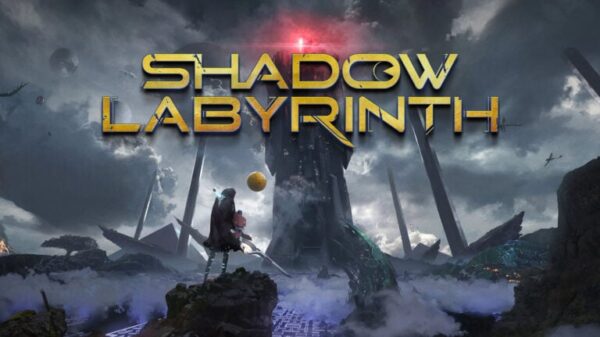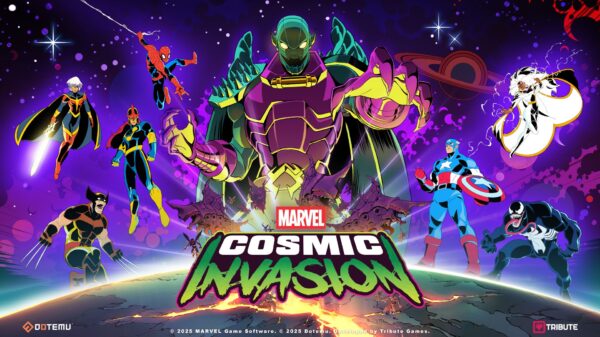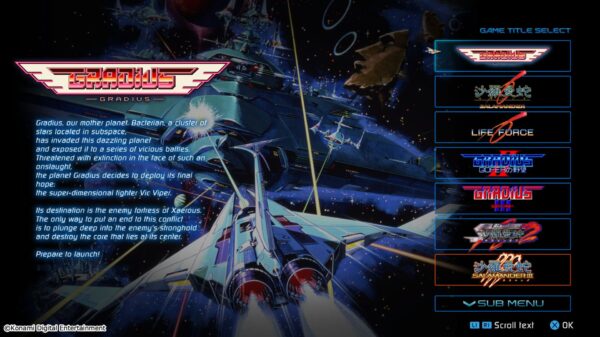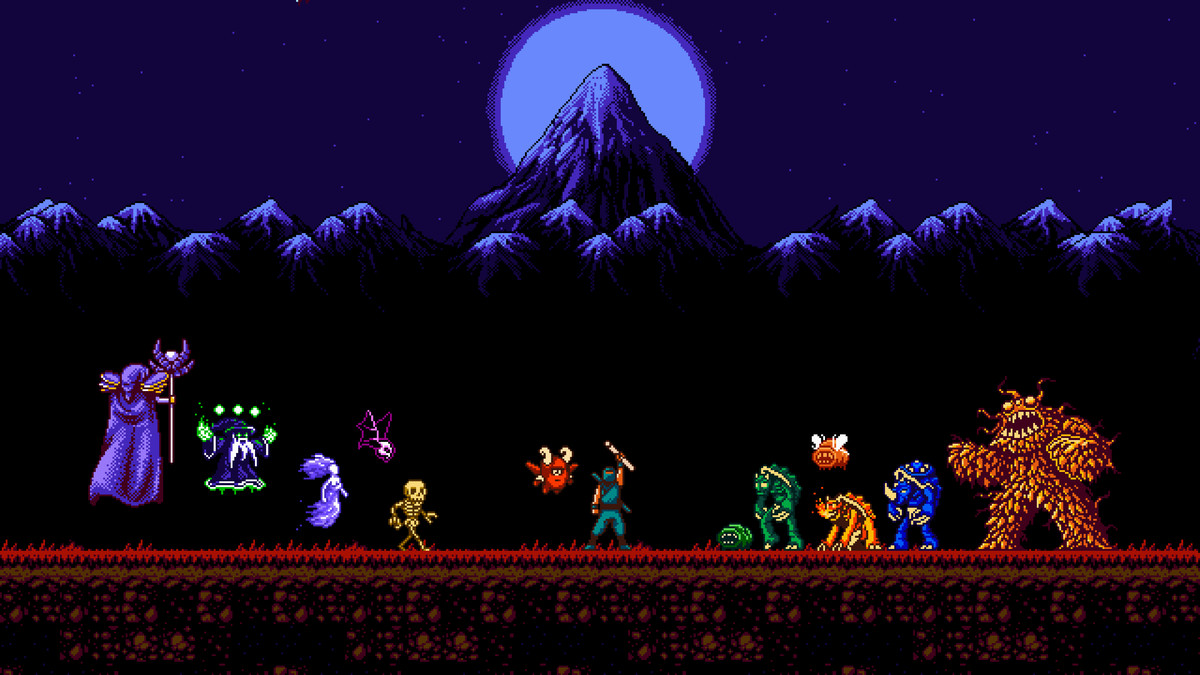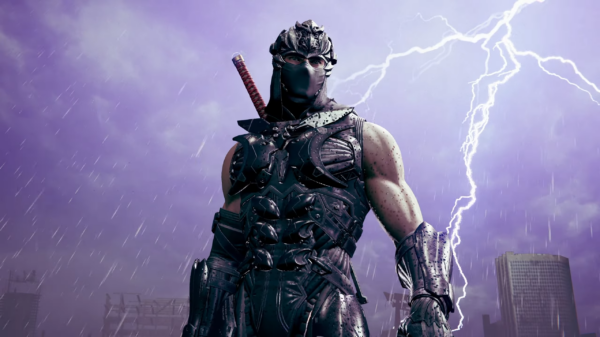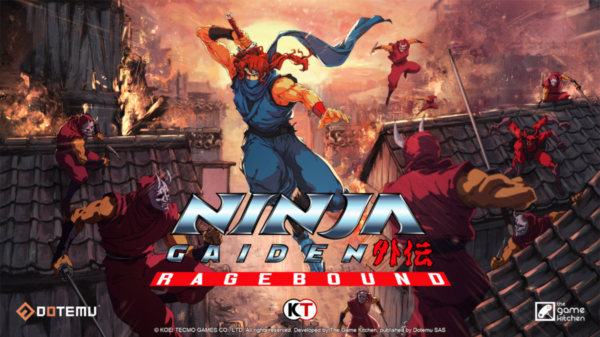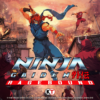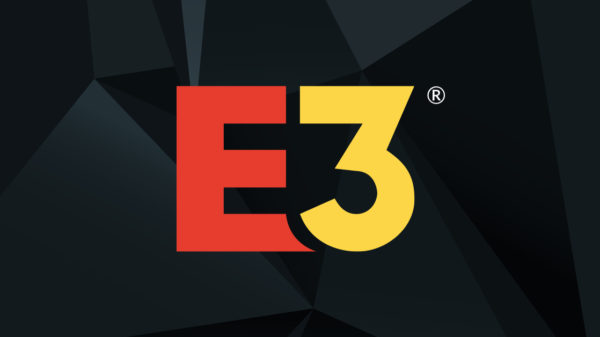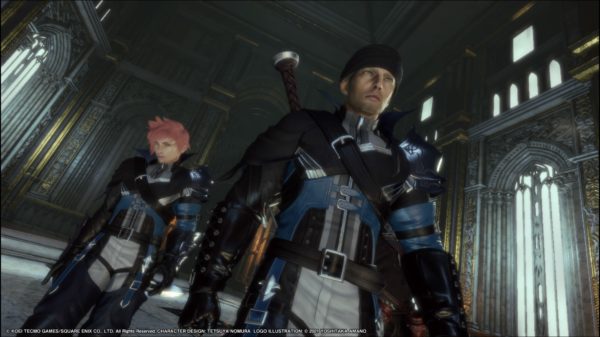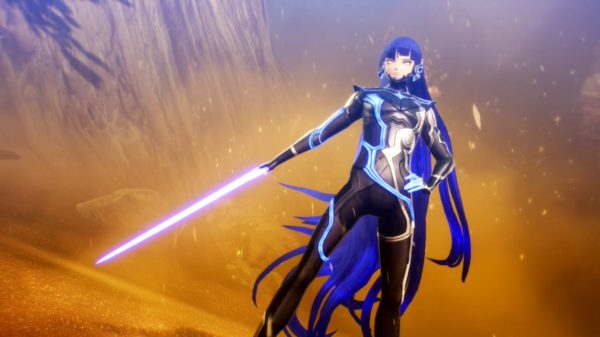At E3 today, I had the chance to check out Sabotage’s upcoming action-platformer The Messenger. While it certainly draws inspiration from iconic classics like Ninja Gaiden and Mega Man X, my time with The Messenger has assured me that the game has its own unique and incredibly exciting identity.
The Messenger puts you in the role of the titular messenger, a young ninja who has to bring a scroll to a mountain in order to save his fractured world. It sounds far more serious than it is, as there was quite a bit of meta and fourth-wall breaking humor peppered throughout the demo. From acknowledging the limitations of a demo-build to straight-up referencing Ninja Gaiden; The Messenger is willing to laugh at itself, its genre, and whoever is playing it. All of the humor in the demo worked well, so I’m looking forward to seeing how well-written the full game may be.
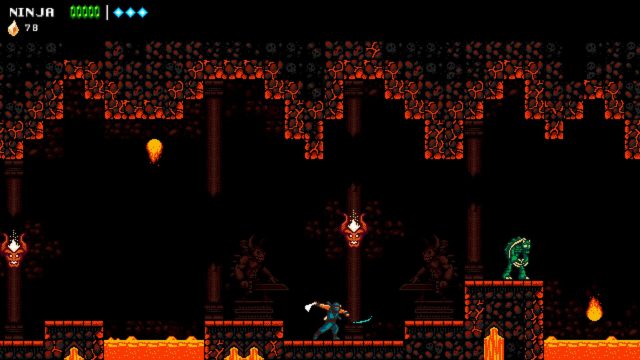
In terms of gameplay, The Messenger thrives in how it twists the tropes of classic NES platformers. Wall-climbing, hook-grappling, and gliding are all present in strange, new ways, each of which makes platforming feel based on skill instead of a simple gimmick. A healthy variation of open sections and more challenging areas makes it easy to master the controls, which are as tight as the classics that The Messenger lovingly lampoons.
Perhaps the most notable feature in The Messenger is time-travel, which is represented through jumping between 8-bit and 16-bit visuals and sound. Every stage has carefully placed portals that send your ninja forwards or backwards through time, turning him and the level around him into either an 8-bit(past) or 16-bit(future) design. This plays a major part in advancing through stages, as moving forward or backward in time can open or close new paths and secrets in each stage. It’s a cool way to make each level deeper, though the real appeal of time travel comes from its atmospheric changes. The music and sprite changes that come with time travel are impressive to say the least, as they perfectly emulate the era they are trying to portray. The fact that every level is rendered in both 8 and 16-bit simultaneously is what makes this possible: a detail worth pointing out sheerly for how impressive it is.
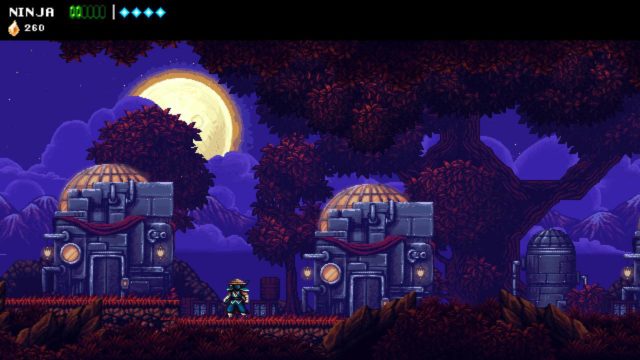
I’m incredibly excited to play the full version of The Messenger when it releases later this year on the Nintendo Switch and PC. It has piqued my attention as both a well-designed platformer and as a loving homage to a long-gone era of platforming, and is definitely a game that’s worth keeping an eye on. The Messenger has a great deal of potential that, so far, has been remarkably well-executed.

